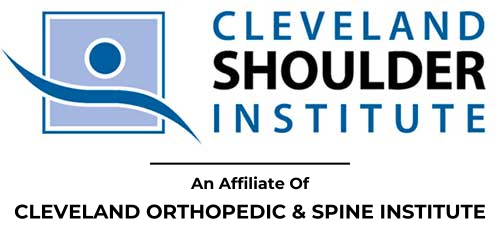 Many family members have asked us how to best prepare for post operative care of the shoulder. The key thing to remember about any healing process is to respect it. It takes time. The patient should have someone ready to help drive them home from the procedure and help at home for the first few days after surgery.
Many family members have asked us how to best prepare for post operative care of the shoulder. The key thing to remember about any healing process is to respect it. It takes time. The patient should have someone ready to help drive them home from the procedure and help at home for the first few days after surgery.
Controlling pain during the first few days is essential. Most physicians send their patients home with a limited amount of pain medication. These should be taken according to the exact recommendations of the patient’s doctor. The patient should not drive while on pain medication. Be prepared to help with meals and/or run errands as needed.
The most important way to control pain is to properly support the arm. Help the patient adjust the arm sling when they are standing up. Gravity will help, and the arm will hang comfortably. Most doctors recommend wearing the sling when walking around and while sleeping. They will be able to take it off while sitting, resting or showering. You don’t want the sling to be too tight. No pressure should be applied to the surgical sight.
Ice is crucial for recovery and pain relief. Icing the surgical site for 15-20 minutes every few hours is highly recommended. We have had patients purchase in-home ice therapy pumps that can be very helpful with post-operative pain control.
Showering can take place 24 hours after surgery. The patient should not be afraid that dressing him or herself will injure the shoulder. But they may need to avoid certain movements depending on the doctor’s orders. They should be able to provide their own basic care. It will be easiest for patients to wear shirts that button up the front. A necessary task for you to do is to check the surgical site for signs of infection. Complications are rare, but you should report increased drainage or bleeding, redness, fever, swelling or pain at the surgical site to the patient’s doctor.
It might help to have a reclining chair to sleep in or a large pillow to support the whole back while sleeping. Some of my patients keep a small pillow behind their upper arm to lift their elbows forward, but you don’t want the patient to rest their elbow on anything that causes the shoulder to push up.
Make sure the patient starts physical therapy exercises as directed. It is the most important part of the follow up treatment. Chances of a full recovery increase when exercises are done regularly. Offer encouragement, and ask about the specific exercises before the surgery so you can be prepared once they are home.
All normal activities should continue as tolerated. The patient should not smoke, drink any alcohol, make any weighty decisions or sign any legal documents within the first 24 hours after surgery.
Orthopedic Surgeon, Reuben Gobezie, MD, is an internationally recognized leader in the care of shoulder injuries. He treats patients with all types of disorders resulting from traumatic injuries, arthritis, instabilities, rotator cuff and sports-related injuries through the Cleveland Shoulder Institute with locations in Beachwood, Concord and Westlake. Dr. Gobezie is founder/director of The Cleveland Shoulder Institute and Regen Orthopedics. For more information, visit clevelandshoulder.com and regenorthopedics.com.
Reuben Gobezie, MD
Cleveland Shoulder Institute
844-SHOULDR or 844-746-8537
